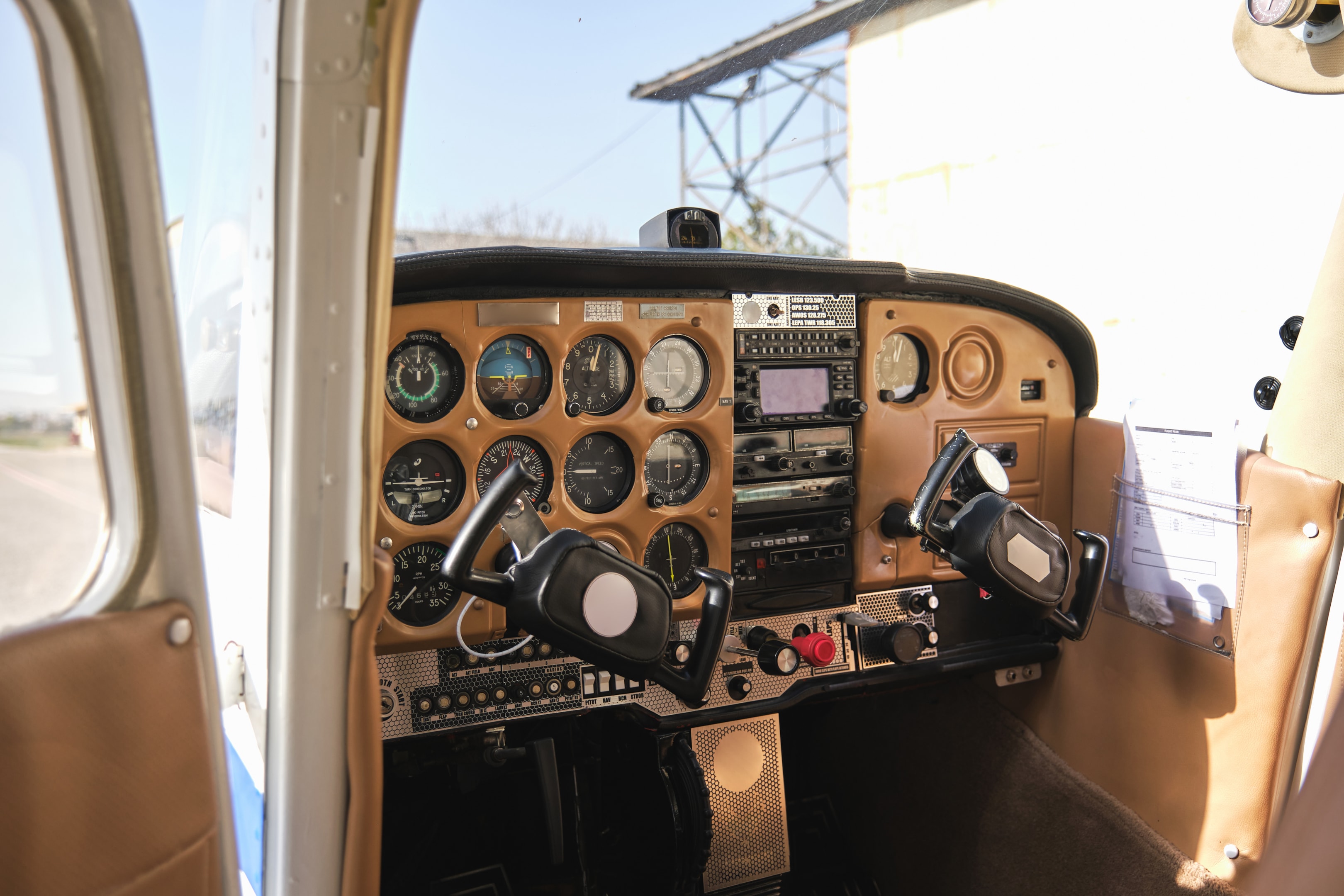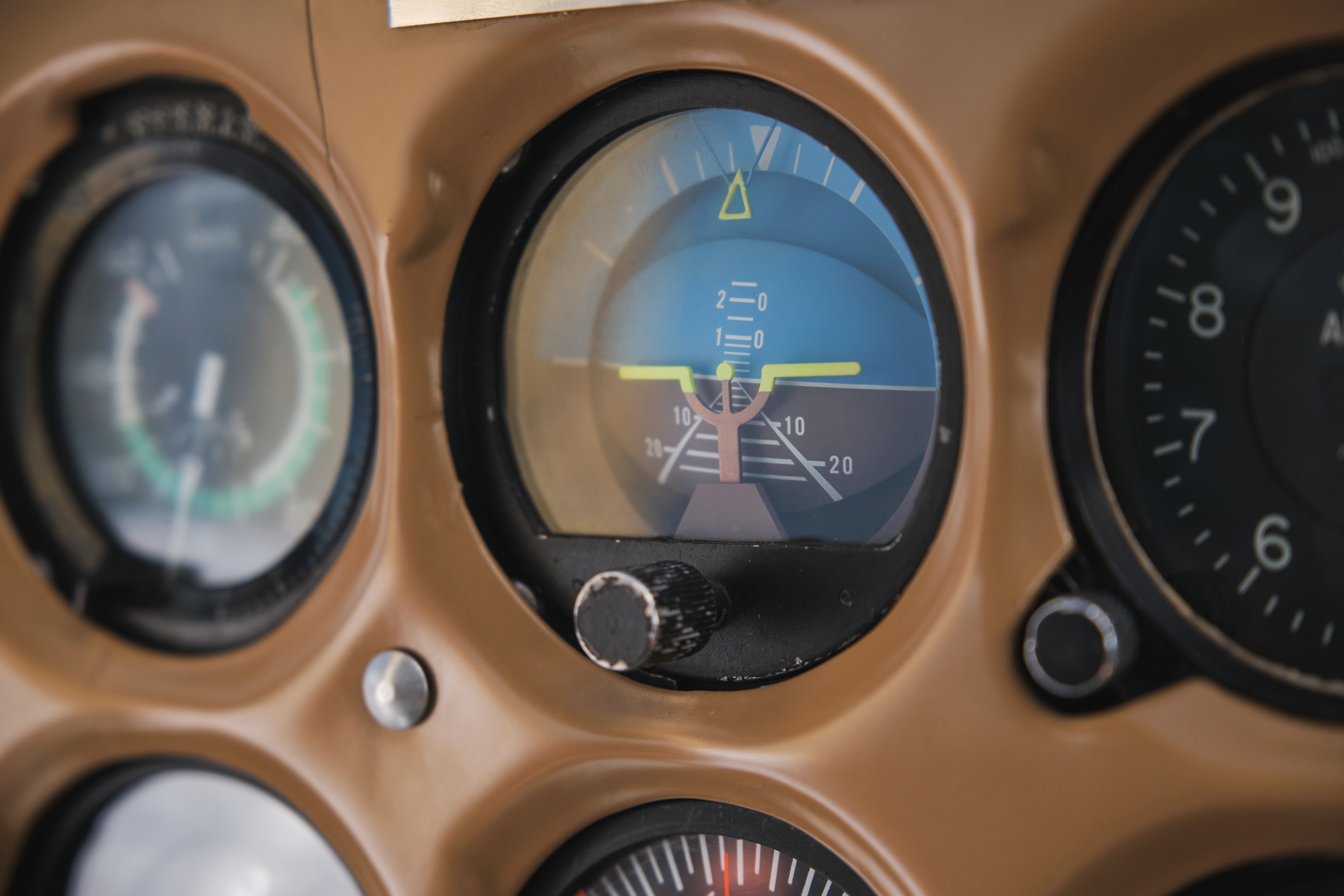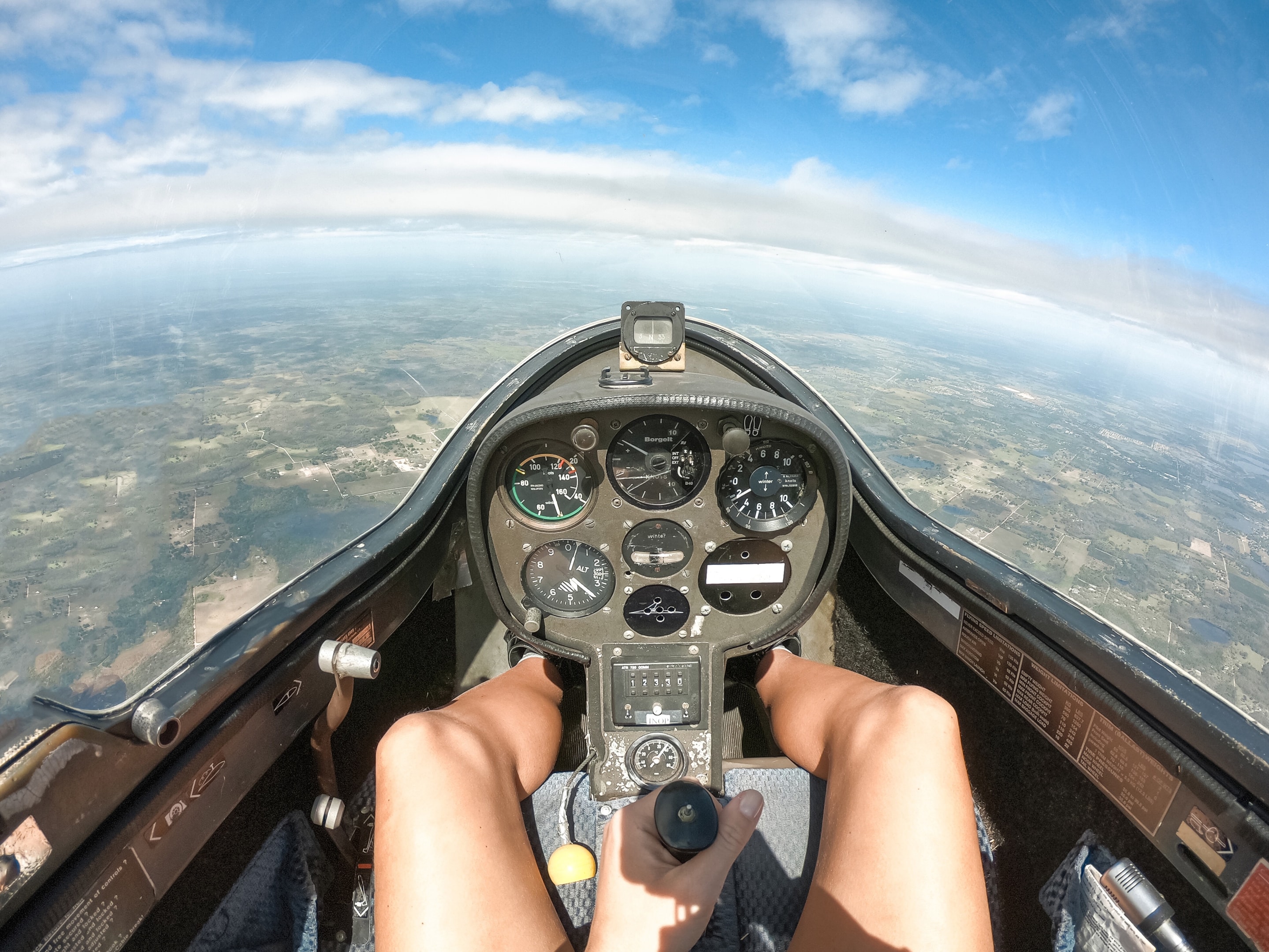Gyroscopic Flight Instruments: The Ultimate Guide
Sep 13, 2024What are Gyroscopic Instruments
Gyroscopic instruments are a pilot's best friend, they give you the attitude, heading and navigation data.
This is critical to help you control the aircraft during flight, especially in tricky conditions.
These flight instruments are attitude indicators, heading indicators and turn coordinators all of which work on gyroscopic principles.
Each one has its own role in helping you navigate and respond to changes in your flight environment.
By giving you pitch, bank, yaw and heading data gyroscopic instruments allow you to make informed decisions and fly safer and more efficiently.
Mastery of these instruments makes you a better pilot and more confident in the air. Ultimately, understanding the Instruments Required for IFR Flight is key to achieving this proficiency
Gyroscopic Principles and Mechanics
Gyroscopes work on two principles: rigidity in space and precession. Rigidity in space means the gyro stays in its orientation and gives you a reference point during flight. This can be compared to a bicycle wheel, which resists changes in direction due to its spinning motion.
Precession is the phenomenon where the gyro tilts or turns in response to an external force.
This is what allows the gyro to adjust to the aircraft’s position.
By using a spinning wheel or gyro wheel, gyroscopic instruments give you a stable reference. The gyroscopic inertia of these instruments is critical as it improves navigation accuracy and makes you fly safer and more confidently.
Flight Instruments
The attitude indicator or artificial horizon is a pilot's best friend, it gives you the aircraft’s orientation to the true horizon.
By showing you if the plane is climbing, descending or flying level it helps you control and navigate safely, especially in low visibility conditions.
Similarly, the heading indicator is a key part of flight navigation by sensing the aircraft’s movement on the horizontal axis and showing you the heading within a 360-degree azimuth.
To be accurate you need to realign this instrument with the magnetic compass regularly, so you have a clear understanding of the aircraft’s direction of flight.
The turn coordinator is another important tool that tells you the rate and quality of turn so you can fly smoothly and controlled. The slip indicator, which is part of the turn coordinator, helps pilots monitor their rate and quality of turns, indicating when an aircraft is in a slip or skid condition.
As well as its main function it’s a backup for bank information if the attitude indicator fails, so it adds to the safety and reliability in the cockpit.
Each of these flight instruments works together to help you make informed decisions and fly more safely and efficiently. Additionally, the vertical speed indicator (a pitot static instrument, not a gyroscopic instrument) enhances situational awareness, especially during instrument flight, by displaying the rate of climb or descent.
Together, these instruments provide a comprehensive understanding of your flight situation, making them indispensable in any cockpit.
Gyroscopic Aircraft Instruments: Heading Indicator Applications and Limitations
Gyroscopic aircraft instruments are used in general aviation aircraft and older commercial aircraft to give you attitude and navigation data.
They work reliably so you have the information to fly safely.
But they are not without limitations.
Precession and friction can introduce errors and affect the data displayed. A vacuum pump powers these gyroscopic flight instruments by creating a suction that allows filtered air to accelerate and spin the gyro wheel.
Knowing these limitations helps you stay alert and make informed decisions in flight.
To make gyroscopic flight instruments work optimally regular maintenance and troubleshooting is key.
By doing regular checks and adjustments pilots and maintenance crew can ensure these critical instruments give you the right information and make aviation safer and more efficient.
Gyroscopic Flight Instruments in Practice
Gyroscopic aircraft instruments give you attitude and navigation data in general aviation and older commercial aircraft.
They work reliably so you have the information to make good decisions. Filtered air is crucial in the operation of gyroscopic flight instruments, as it ensures accurate readings by preventing errors due to pressure drops.
While gyroscopic flight instruments are valuable it’s important to know their limitations, precession and friction can introduce errors.
Knowing these helps you stay alert and proactive so you can make better decisions in flight.
To make gyroscopic instruments work optimally, regular maintenance and troubleshooting is key. By doing regular checks and adjustments, pilots and maintenance crew can ensure these instruments give you the right information and make flight operations safer and more efficient, especially considering the impact of the yaw axis on the heading indicator.
Troubleshooting and Maintenance
As a pilot, understanding flight instruments especially gyroscopic ones is key to navigating smoothly and safely.
Knowing how these instruments work doesn’t just make you a better pilot. it boosts your confidence in the air.
Knowing gyroscopic instruments is important for pilots so you can navigate in flight.
By understanding the principles and mechanics you can add to your skills and fly better and more confidently.
This is not just good to know it’s essential for every pilot who wants to be safe.
Regular maintenance and troubleshooting of gyroscopic flight instruments are critical to optimal performance.
Pilots and maintenance crew must do regular checks to address common issues like precession, friction and drift.
By being proactive on maintenance, they can keep these critical instruments working reliably and make aviation safer.
Knowing the realignment procedures and maintenance protocols is important for pilots.
Knowing how to troubleshoot and correct instrument discrepancies will prepare you for what you’ll encounter in the cockpit.
By investing in both training and regular care of your flight instruments, pilots can greatly extend their lifespan and effectiveness, contributing to a safer flying environment.
Recognizing the signs of failure in gyroscopic instruments is key to safety and navigation. For the attitude indicator look for unusual or erratic movement, stalling or lag in response to changes in aircraft attitude.
The heading indicator will show signs of failure if it becomes unresponsive or the needle drifts without any corresponding change in direction.
For the turn coordinator look for indications that don’t match the actual rate of turn or if it shows a constant turn when the aircraft is straight and level.
If the vertical speed indicator shows big discrepancies from what you feel during flight or is pegged at one position, that’s a malfunction.
Being aware of these failures gives you the ability to respond and keep that confidence in your flying.
Signs of Failure for Gyroscopic Instruments

As a pilot you need to be aware of the signs of failure of your gyroscopic instruments so you can be safe and confident in the cockpit.
The heading indicator may show signs of failure through erratic or wobbly readings, drifting off heading or a big difference from your magnetic compass.
When you see these discrepancies, you need to investigate. For the attitude indicator a red flag would be if the aircraft doesn’t match the instrument; any hesitation in movement or failure to hold correct indications during maneuvers is a malfunction.
And lastly don’t forget to check the turn coordinator; symptoms of failure would be unresponsive rates of turn or the ball not tracking during turns which can cause spatial disorientation.
By being aware of these signs' pilots can troubleshoot and fix before they become a problem and promote a safety culture in aviation.
Summary
Gyroscopic instruments are key to navigating and controlling an aircraft especially in tough conditions.
These instruments, attitude indicators, heading indicators and turn coordinators work on gyroscopic principles rigidity in space and precession to give you pitch, bank, yaw and heading information.
Knowing how they work and how to maintain and troubleshoot them means you can make informed decisions and fly safer and more efficiently.
By mastering gyroscopic instruments you’ll not only improve your operational skills but also your flying skills.



